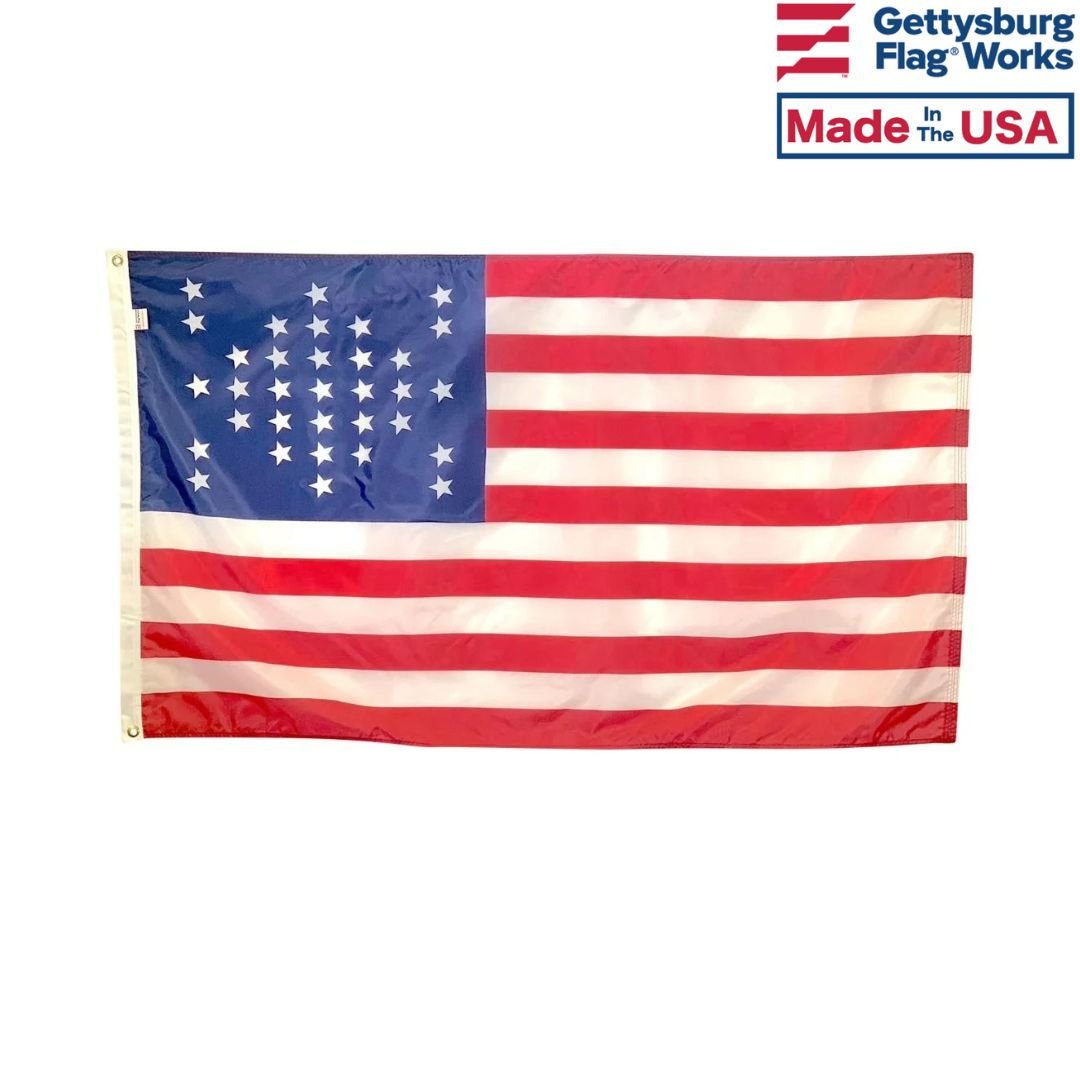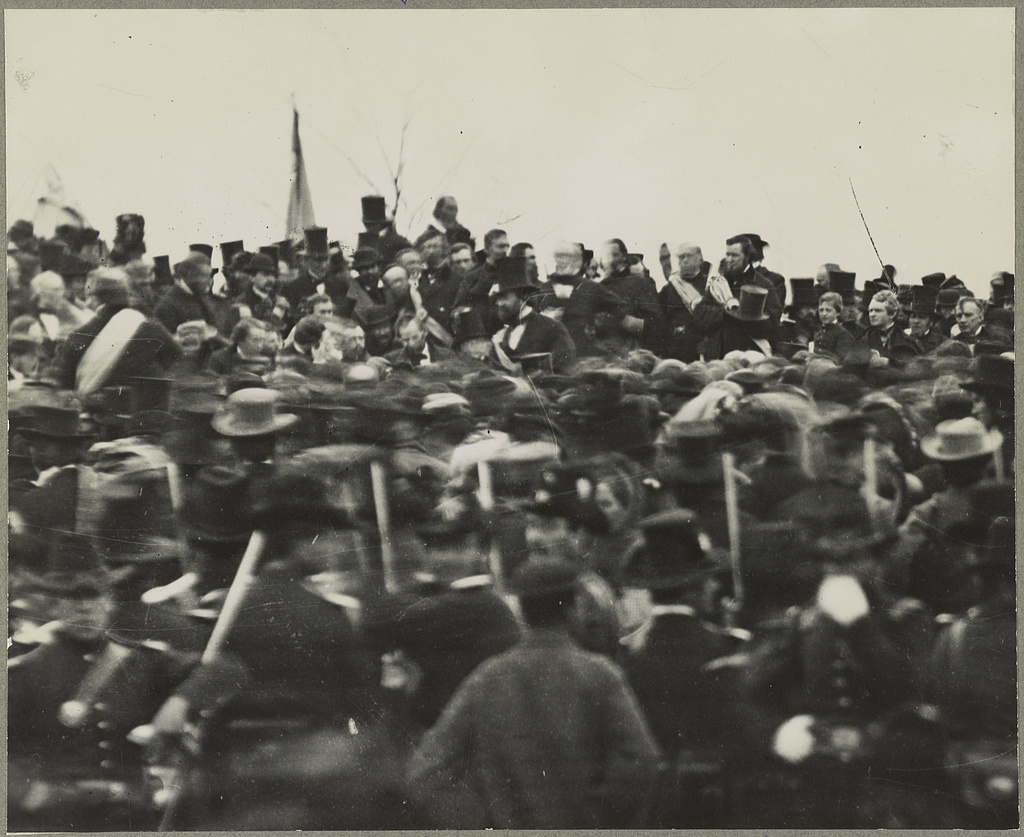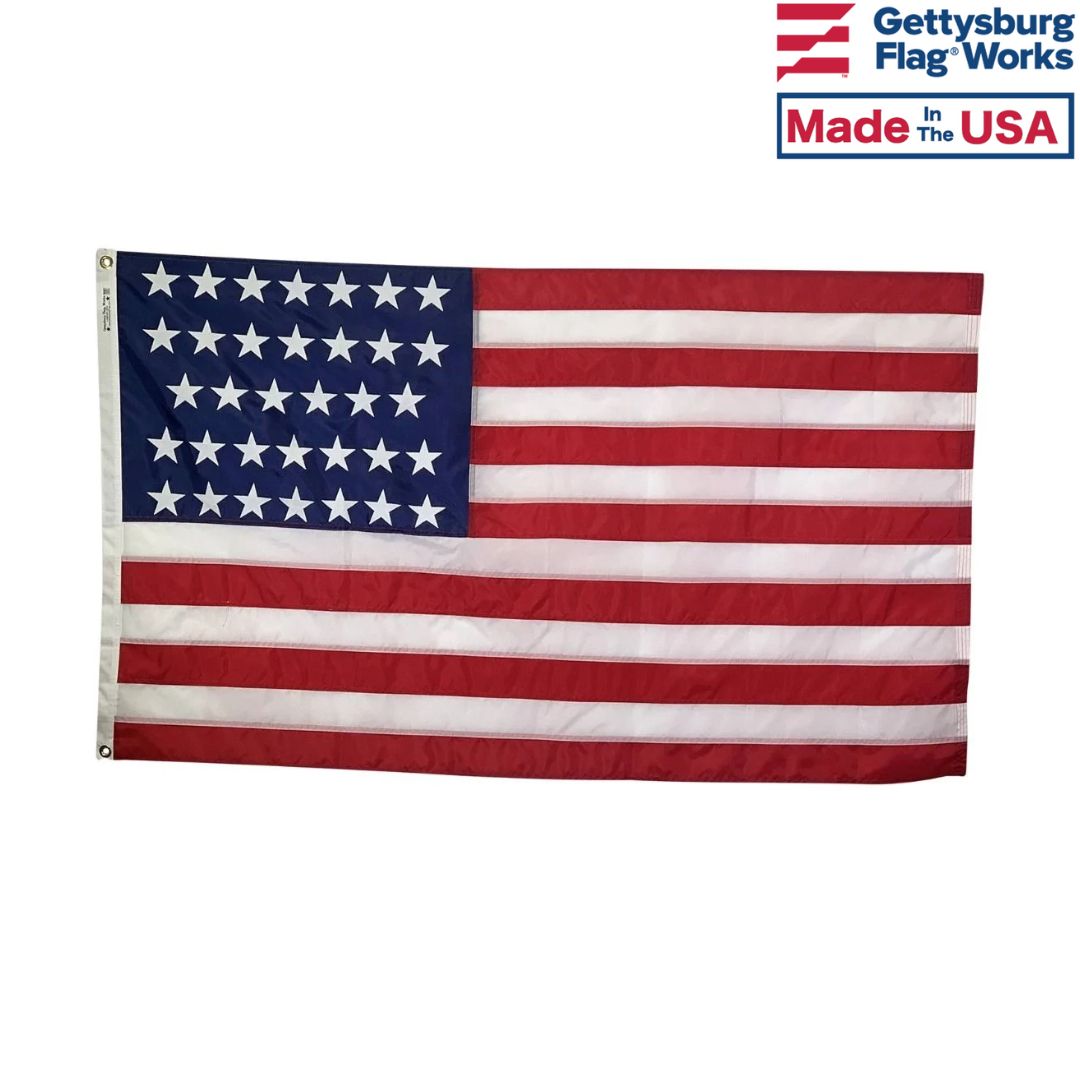The Battle of Gettysburg
In 1860 and 1861, following the election of Abraham Lincoln as President, eleven Southern states seceded from the United States, forming the Confederate States of America. Their primary motivation was to preserve the institution of slavery, which they viewed as essential to their economic and social order.
This act of secession ignited the American Civil War—a bloody conflict between the Union (the North) and the Confederacy (the South) that would rage for four years and completely reshape the nation's future.

Although the Battle of Gettysburg neither started nor ended the Civil War, it is considered a pivotal point in the War’s history. Occurring over three days in July of 1863 – more than two years after the Confederate Troops attacked the U.S. military outpost at Fort Sumter, and still two years before the end of the Civil War in 1865 – the Battle of Gettysburg was an important victory for the Union Army.
Who Won The Battle Of Gettysburg
Even though the Civil War was already 2 years old, it was the Battle of Gettysburg in July 1863 that proved to be a decisive moment in the conflict.
By the summer of 1863, the Confederacy had secured several victories against the Union, and General Robert E. Lee (who you can read about in our Major Generals of the War Page) sought to capitalize on this momentum by launching a second invasion into Northern territory. His goal was to weaken Union morale, sway potential European allies, and perhaps force a peace settlement favorable to the South.
However, over three grueling days—July 1 to July 3, 1863—Soldiers clashed in what became the bloodiest battle of the Civil War. The Union Army, under the command of Major General George G. Meade, successfully repelled Lee’s forces. The turning point came on July 3, with the disastrous failure of "Pickett’s Charge"—a direct assault by 12,500 Confederate troops across open fields against fortified Union positions on Cemetery Ridge. The assault resulted in devastating casualties and forced Lee to retreat.
This Union victory ended Confederate hopes of advancing further into the North and shifted the momentum of the war. While the conflict would continue for nearly two more years, Gettysburg marked the beginning of the end for the Confederacy, with Lee’s surrender at Appomattox Court House in April 1865.
Human Cost & The Gettysburg Address

The cost of the Battle of Gettysburg was staggering. With over 50,000 casualties, including those killed, wounded, or missing, it became one of the deadliest engagements in American history. The battlefield, once rolling farmland, was littered with wounded and dead soldiers. It was an extremely brutal scene.
In the aftermath, recognizing the need for a proper resting place for the Union dead, Pennsylvania Governor Andrew Curtin initiated the creation of the Soldiers’ National Cemetery, now filled with Grave Markers, at Gettysburg. On November 19, 1863, at the cemetery’s dedication, President Abraham Lincoln delivered what would become one of the most famous speeches in history: The Gettysburg Address.
In just 272 words, Lincoln reframed the war’s purpose—not just as a fight to preserve the Union but as a struggle to uphold the constitutional ideals of democracy and human equality. He honored the fallen soldiers, stating that their sacrifice should lead to a:
"new birth of freedom" and ensure that "government of the people, by the people, for the people, shall not perish from the earth."
The Battle of Gettysburg Flags
Flags were crucial during the Civil War for serving practical and symbolic purposes. On the battlefield, regimental flags helped soldiers identify their units, often carried by designated color bearers. At Gettysburg, countless regimental flags were carried into battle, and many were lost, torn by bullets, or stained with the blood of those who bore them. Both the Union and the Confederacy used distinct flags that evolved throughout the war.During the Civil War, both the Union and the Confederacy used a variety of flags. In fact, flags were extremely important in the Battle of Gettysburg, and throughout the Civil War. Historical Flags were used on the battlefield to help soldiers locate their unit and remain in formation over the deafening muskets and cannon fire, and through the smoke that hung in the air from the black powder.
Union Flags

Over the course of the Civil War, the Union Flag remained relatively unchanged, varying only in its number of stars. Similar to our existing American Flag, the Original Civil War Union Flag flown during the attack on Fort Sumter had 13 red and white stripes and a dark blue canton in the upper left corner, but with only 33 stars. Additional stars were added for Kansas in 1861, West Virginia in 1863 and Nevada in 1865 giving us the 35 star flag that the civil war is associated with. Despite the secession of Southern states, Lincoln refused to remove their stars from the American flag, which by the wars end had grown to 36 stars with the addition of Nevada in 1865!
Confederacy Flags
Although never officially adopted as the national flag of the Confederates States of America, the first flag associated with the Confederacy is known as the Bonnie Blue Flag.
The Confederacy adopted its first national flag in 1861, and a second flag, known as the Stainless Banner, was introduced in 1863. The second Confederate national flag had an issue, as it was mostly white and resembled a surrender flag so they tried to change it. The third variation was created in 1865 but by the time it was adopted, the confederacy was collapsing. It's design was improved and included a red stripe on the right side to help to distinguish the mostly white Stainless Banner from a flag of surrender or truce.
Check out more historical Information pages here!
Shop for Civil War & Battle Flags From Gettysburg Flags
In addition to the Union Flag and the Bonnie Blue Flag, Gettysburg Flag Works carries a variety of historical flags from several Regiments, Infantries and HQ’s, as well as Cavalry Flags associated with the Civil War like the 1862 Cavalry Guidon Flag and the Battle of Gettysburg.
Shop our collection of Historical Civil War Flags, or give us a call at 1-888-697-3524 to place an order by phone.